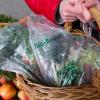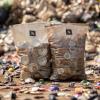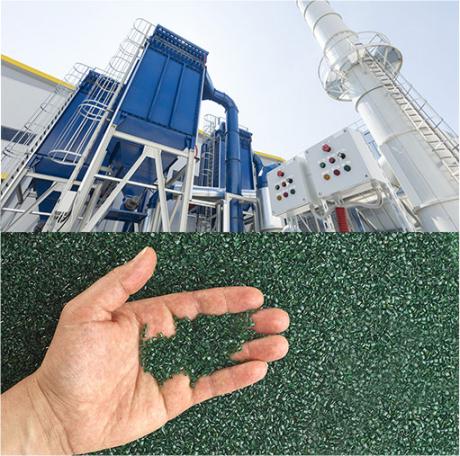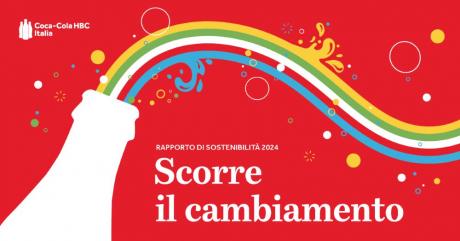The life cycle analysis of packaging was the focus of the conference titled “Wood and Cork Packaging between Tradition and Innovation: From Raw Material to Recyclability and Compostability,” one of the most engaging initiatives at Ecomondo, the international trade fair dedicated to environmental responsibility. This pioneering study, commissioned by Assoimballaggi of FederlegnoArredo and conducted by the University of Florence, is a fundamental tool for understanding the environmental impact of a single product throughout its life cycle. It provides data on areas that can be improved along the entire supply chain of a sector that generates approximately 2.5 billion euros in revenue, according to data from FederlegnoArredo’s Research Centre, representing nearly 2,000 companies and employing around 17,000 people.
The industrial wood packaging featured in the study is a strategic product for Italian logistics, used to safely transport goods of all sizes. These custom-designed packaging solutions offer unique advantages to manufacturers, retailers, and consumers. The study highlights that the entire life cycle of industrial packaging, assessed using the "cradle to grave" method, absorbs more CO₂ than it emits, thereby producing an overall positive environmental impact. Once their transportation function is fulfilled, these packages can be easily recycled to produce other wood-based products, such as furniture panels, maintaining the stored CO₂.
The conference also provided an in-depth analysis of the packaging supply chain, from sustainable forest management to the recyclability of the final product. Concerning forest management, a crucial aspect related to the LCA study is the impact of transportation for sourcing raw materials, currently imported mainly from other EU or non-EU countries. One of the key challenges in this area is to develop domestic forest supply chains, which could yield significant environmental benefits by reducing transport impacts, along with social and economic gains.
FederlegnoArredo, a founding member of the Italy Forest-Wood Cluster, is actively working in this field, supporting projects that promote shorter forest supply chains.
Assoimballaggi is also addressing certain paradoxes related to compostability: while wood is used by composting facilities as an initiator to start the composting process, it does not comply with the European standard EN13432 due to its longer decomposition times. A revision of the European standard is currently under discussion, and Assoimballaggi has requested a modification to correct this inconsistency, as wood is indeed a biodegradable and compostable material.
The wood-furnishing supply chain is a virtuous example of a circular economy: wood packaging (pallets, crates, and boxes), once they have completed their use cycle, undergo a process that turns them into components for wood panels, which, in turn, are used to create furniture. FederlegnoArredo has collaborated with European industry associations to protect the positive recognition of this process, which was initially at risk due to the definition provided in the draft of the European Packaging Regulation. To safeguard an integrated and virtuous system, the EU has defined as “high-quality recycling” any material that can be reintegrated into the supply chain through recycling, even if it serves purposes other than the packaging from which it originated.
This outcome helps preserve the environmental credentials of wood packaging, including wooden crates and industrial packaging, reaffirming that recycling quality is tied not to maintaining the same use but to the environmental benefits generated.









